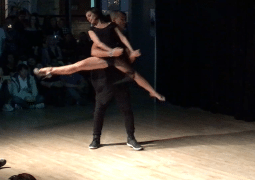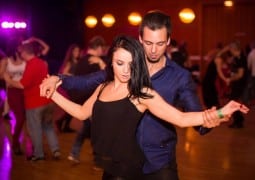Video: Kamacho & Anastasia’s Demo at Summer Zouk in Rio 2015
Demos
2,712 views
Kamacho & Anastasia Demo at Summer Zouk in Rio 2015.
- Previous Jessico Carro Interviews Berg in Porto Seguro
- Next Video: Renata Pecanha & Jorge Peres’ Demo at Summer Zouk in Rio 2015
You may also like...
Sorry - Comments are closed







